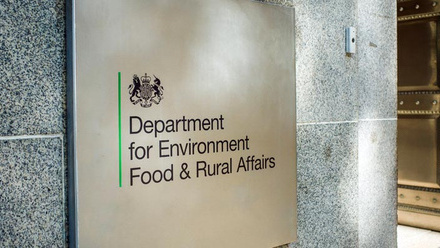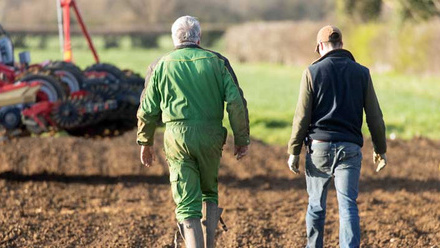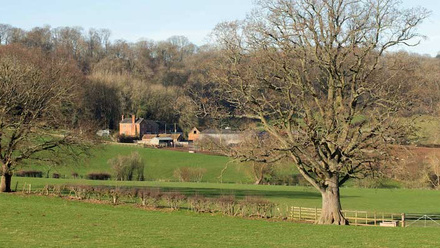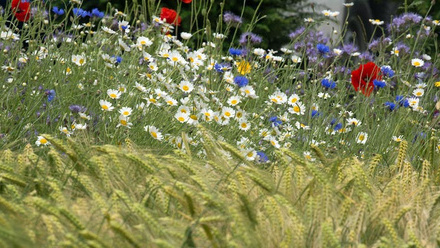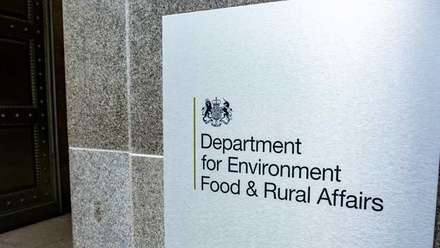Blog: What the latest Sustainable Farming Incentive (SFI) data means for farm productivity in England
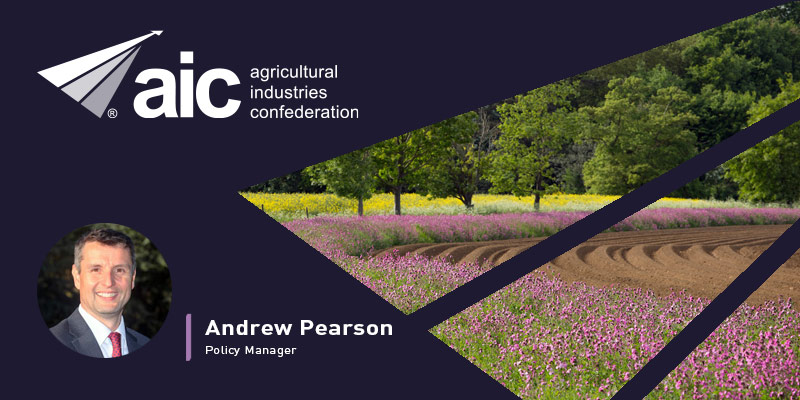
Contrary to concerns, fresh statistics suggest that the uptake of actions and options under Defra's Farming and Countryside Programme is having a negligible impact on farm productivity in England.
AIC's Policy Manager Andrew Pearson takes a closer look at the data.
The latest government figures up to this April reveal that the total number of live agreements now stands at approximately 55,000 farms in England.
Breaking this down to the various schemes within the Department for Environment, Food and Rural Affairs (Defra) Farming and Countryside Programme, we find there are now 34,900 farms in Countryside Stewardship (CS) agreements, 6,200 in Environmental Stewardship (ES), and 13,900 in Sustainable Farming Incentive (SFI) 2023 agreements.
You can view the full dataset on GOV.UK.
Looking more closely at the SFI scheme for England and the make-up of those agreements with farmers, there are 8,600 farmers receiving payments to take BASIS-qualified advice for producing an Integrated Pest Management (IPM) plan and 9,100 farmers are being paid to take FACTS-qualified advice for creating a nutrient management plan.
The average SFI agreement contains three planning actions and three land-based actions.
Last year Defra announced that under SFI farmers would be paid £989/year to take BASIS-qualified advice on IPM, while getting a nutrient management assessment and report from a FACTS-qualified advisor will qualify farmers for £589/year under the agreement.
We welcomed the addition of these new actions last year - the result of a number of years of engagement from the Agricultural Industries Confederation (AIC) and other industry stakeholders.
Read more on this by clicking below.
Productivity and environmental goods
Some feared that the schemes under Defra's Farming and Countryside Programme could lead to a decline in farm productivity as environmental goods are prioritised over food production, potentially weakening the UK's food security at a time of heightened importance.
However, the latest official statistics suggest that this may not be the case so far.

There are nine SFI actions where farmers can generate income from making space for benefiting the environment on less productive areas. These actions are:
- AHL1 - Pollen and nectar flower mix
- AHL2 - Winter bird food on arable and horticultural land
- AHL3 - Grassy field corners or blocks
- AHL4 - 4m to 12m grass buffer strip on arable and horticultural land
- IGL1 - Take grassland field corners or blocks out of management
- IGL2 - Winter bird food on improved grassland
- IGL3 - 4m to 12m grass buffer strip on improved grassland
- IPM2 - Flower-rich grass margins, blocks, or in-field strips
- NUM3 - Legume fallow
Visit the Defra guidance page for more on SFI actions.
The fresh data from Defra shows that 150,000ha of land has been entered into these actions to 1 April 2024.
Context is important here, as this equates to around 2% of the total farmed area in England - and more than half of this land is in less productive land classifications (grades 3b-5).
In March 2024 Defra announced a cap on the amount of land farmers in England can take out of food production under the Government's flagship environmental scheme, following concerns raised by AIC Member businesses and others advising farmers on SFI applications.
A limit of six wildlife actions appears to have been precautionary yet prudent as only 2% of farms in SFI agreements (approximately 210 farms) had put 80% or more of their farm into these actions.
The more widely seen approach is 81% of farms putting less than 10% of their areas into these actions.
See the table below for the full picture on this.
| Percentage of farms entered into actions (AHL1-4, IGL1-3, IMP2) | Number of farms in SFI 2023 | % of farms in SFI 2023 |
|---|---|---|
| 0% (no land entered into these actions) | 7,080 | 53% |
| Less than 10% of farm | 3,760 | 28% |
| Less than 20% of farm | 1,080 | 8% |
| Less than 40% of farm | 790 | 6% |
| Less than 60% of farm | 310 | 2% |
| Less than 80% of farm | 180 | 1% |
| 80% or more of farm | 210 | 2% |
| Total | 13,400 |
*Defra data - accurate as of 1 April 2024
Defra has pledged to conduct another round of research with SFI agreement holders in May, with a view to publishing the findings later in 2024.
This will help build a clearer picture of the impact that SFI has made since it launched in 2022.
Read Defra's blog on the latest SFI statistics for further information.


